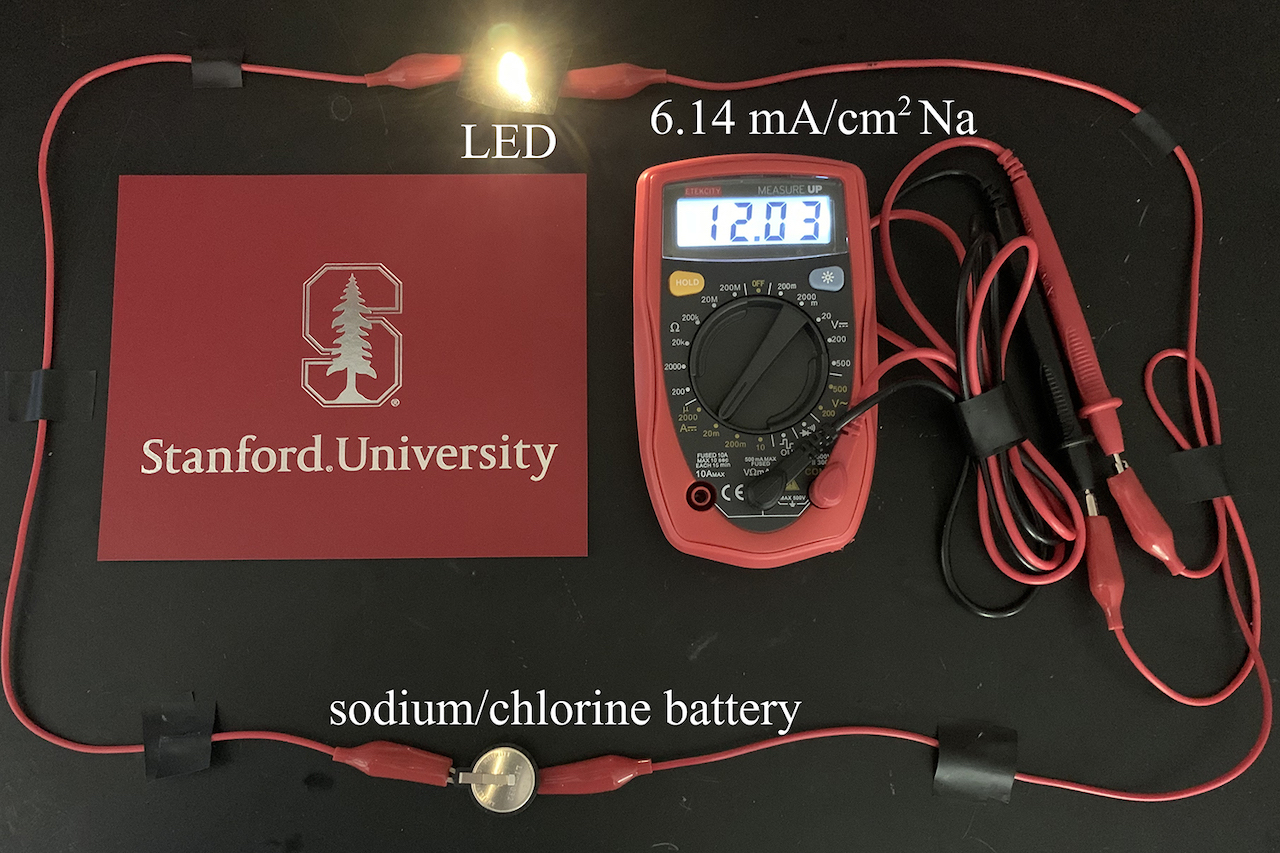Experimental chlorine battery holds 6 times more charge than lithium-ion batteries

Researchers at Stanford University experimenting with single-use battery architecture have developed a new version that is not only rechargeable, but also has about six times the capacity of today's lithium-ion solutions. The breakthrough involves stabilizing the volatile chlorine reactions in the device and could form the basis for high-performance batteries capable of powering smartphones for a week.
The new battery is described as a chlor-alkali metal, and is based on a chemistry that first appeared in the 1970s called lithium-thionyl chloride. These batteries are highly prized for their high energy density, but they are based on highly reactive chlorine, which makes them only suitable for disposable use.
What Research
In a conventional rechargeable battery, electrons go from state to state during discharge and then return to their original form when the battery is recharged. However, in this case, sodium chloride or lithium chloride is converted to chlorine, which is too reactive and cannot be converted back to chloride with great efficiency.
The authors of a new study may have found a solution to this problem. The team experimented with sodium chloride and chlorine to try to improve battery performance, but found that the chemical actually stabilized, allowing the battery to recharge to some degree. Subsequent research led the team to develop a new porous carbon electrode material that acts like a sponge, absorbing unstable chlorine molecules and storing them reliably for later conversion to sodium.
What they achieved
During the experiments, the team demonstrated a very high energy density for the prototype battery: 1200 mAh per gram of electrode material, which is about six times higher than that of current lithium-ion batteries.
The development team believes the battery could find applications in hearing aids or remote controls, as well as being used to power devices that require only infrequent recharging, such as satellites or remote sensors that can be recharged by solar power. For use in smartphones and electric cars, scientists need to increase the size of the battery and develop a suitable structure, as well as increase the number of safe cycles of its operation.
Source: stanford